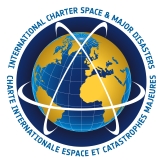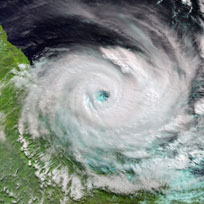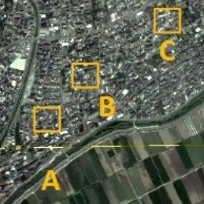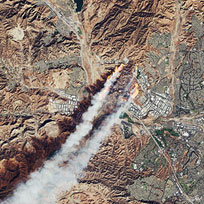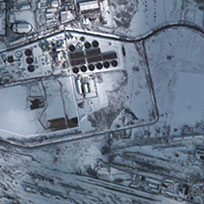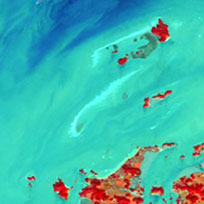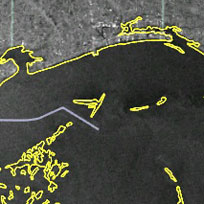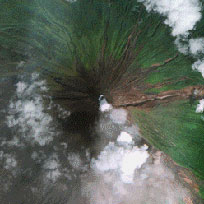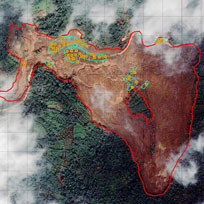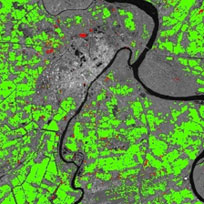How to become a user
If you would like to participate in the Charter as an Authorised User, granting your organisation the ability to submit a request for satellite imagery in the event of a major disaster, please complete the registration form.
The principle of Universal Access opens registration to any national disaster management authorities, assuming they meet the criteria and follow the procedures defined for an Authorised User.
Authorised Users must:
- Be a national disaster management authority or its delegated agency in that country
- Have the capacity to download and utilise maps
- Be able to submit and pursue its activation requests in English
The entity or its delegated agency should have a national mandate to coordinate emergency response measures in the respective country. The material provided by the Charter could be either remotely sensed imagery or derived information products such as crisis or damage assessment maps. The basic information to be provided during an activation request includes: date and time of disaster occurrence, affected area with geographic coordinates (Latitude/Longitude), type of hazard, and name of the contact person for any communication with the Charter.
Once you have completed the registration form, the process is as follows:
- Please submit the registration form, together with a cover letter of the user organisation, to the Charter Executive Secretariat (ExecutiveSecretariat@disasterscharter.org), which coordinates Charter operations
- The request will be processed by the Charter members who may ask for additional clarification or information
- The final acceptance of a national user is subject to approval and written notification via official letter by the Charter Board, the policy body of the Charter
- New users will be asked to sign a document specifying certain procedures and contacts for Charter activation requests. This is necessary to ensure adherence to Charter rules and to avoid loss of time and resources during emergencies.
Map showing countries (in dark blue) with direct access to the Charter as of June 2024
The following countries are represented above: Algeria, Argentina, Armenia, Australia, Belarus, Bolivia, Brazil, Cameroon, Canada, Cayman Islands, Chile, China, Colombia, Costa Rica, Dominican Republic, Ecuador, El Salvador, Eswatini, Ethiopia, Gambia, Ghana, Guatemala, Guinea, Honduras, India, Iraq, Japan, Korea, Madagascar, Malawi, Mexico, Mongolia, Myanmar, New Caledonia, Nicaragua, Nigeria, Norway, Pakistan, Panama, Paraguay, Peru, Russia, Solomon Islands, South Africa, Sri Lanka, Switzerland, Tanzania, Togo, Trinidad and Tobago, Tonga, Tunisia, Türkiye, UAE, Uganda, USA, Uruguay, Venezuela and the countries of the European Union.
Today, the Charter has a total of 94 Authorised Users in 83 countries, with 43 coming from the Universal Access initiative, allowing them to submit emergency requests to activate the Charter. In addition, the Charter collaborates with Sentinel Asia, a regional network for Earth observation-based Emergency response in 28 countries (91 national organisations) and 15 International Organizations, and with UNITAR/UNOSAT and UNOOSA, active in many countries and who can submit requests to support in-country relief agencies of the United Nations. All countries of the world can benefit from the Charter by any of the ways described above. Since 2000, there have been 943 activations covered in 136 countries worldwide.
How the Charter Works
Learn about how to activate the Charter and how an activation is then processed by our international teams following approval.
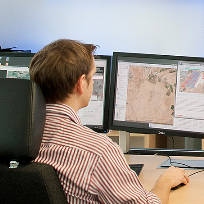
Universal Access
Learn more about Universal Access, which opens the door to national disaster management authorities to request support from the Charter.
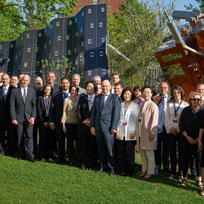
Membership History
Learn about the history of the Charter and the milestone dates when our member agencies joined.

 English
English Spanish
Spanish French
French Chinese
Chinese Russian
Russian Portuguese
Portuguese
